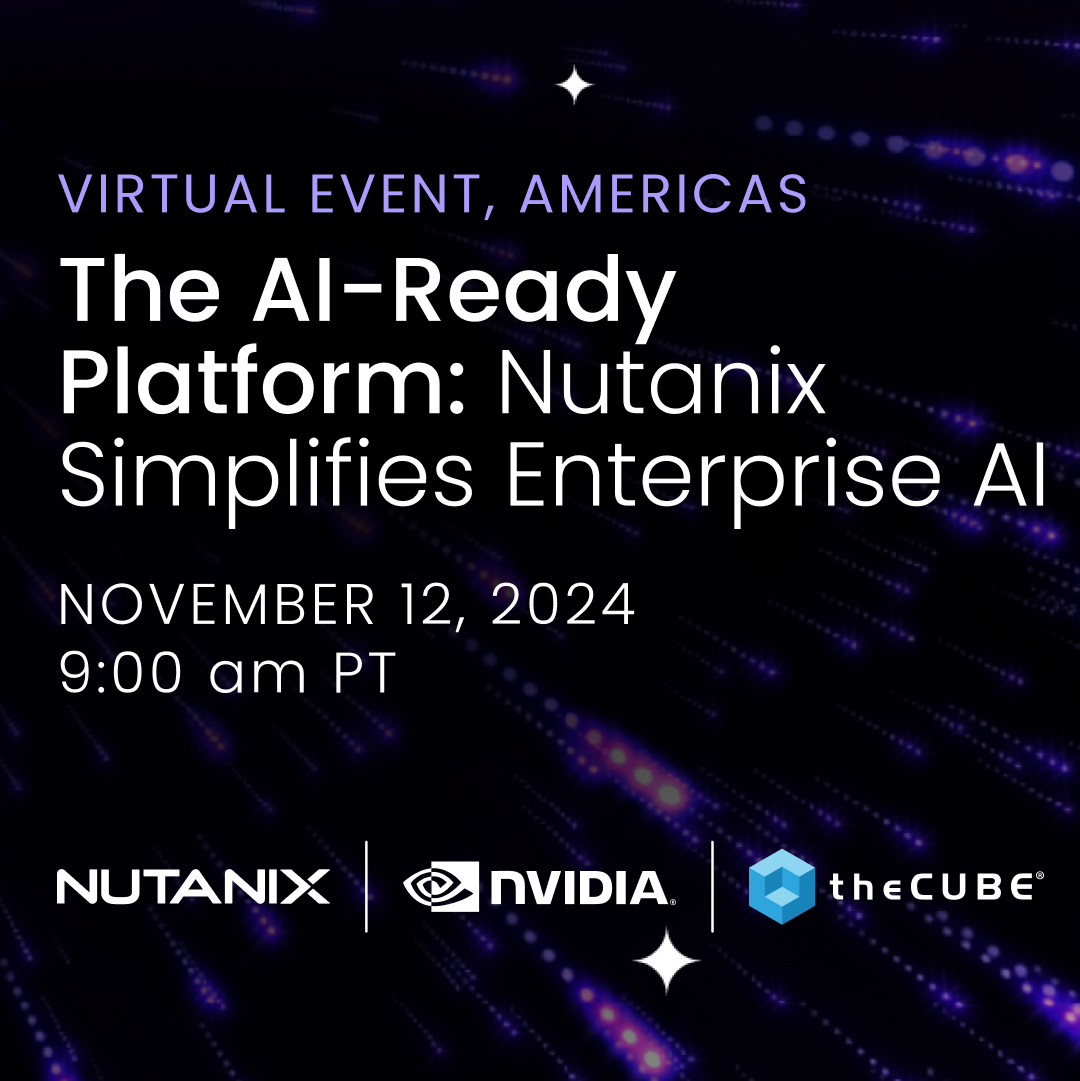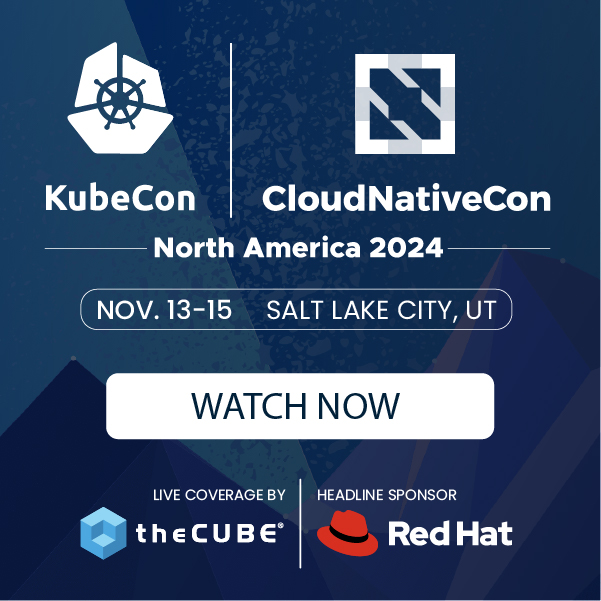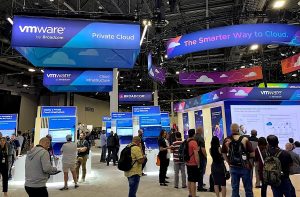Dell’s Storage Chief Talks Migration, Convergence and the future
![]() Day Two of the Dell Storage Forum 2012 in Boston included a sit-down with Darren Thomas, vice president and general manager of Dell Enterprise Storage. Meeting with Dave Vellante and Stu Miniman of The Wikibon Project, Thomas discussed the evolution and strategy of the company’s storage business, key differentiators that have attracted customers to its platforms, and technology advancements that are coming down the pike.
Day Two of the Dell Storage Forum 2012 in Boston included a sit-down with Darren Thomas, vice president and general manager of Dell Enterprise Storage. Meeting with Dave Vellante and Stu Miniman of The Wikibon Project, Thomas discussed the evolution and strategy of the company’s storage business, key differentiators that have attracted customers to its platforms, and technology advancements that are coming down the pike.
Thomas, who joined Dell in 2003, said the “revolution” of the firm’s storage vision began shortly after his arrival. At the time, Dell was committed to its reseller partnership with EMC, while also heavily focused on its personal computing business. But things changed shortly thereafter, as it transitioned out of the PC market and began hundreds of millions of dollars worth of investments in storage.
By starting its foray into storage from scratch, Dell found itself in the enviable position of being able to make best-in-class acquisitions and getting away from legacy architectures, Thomas said. And while the company continues to operate on high margins within its storage business, it is pursuing new customers all the time by spreading an attractive message. “Customers can see the differentiation between a legacy system that’s bound by the sheet metal it sits in versus a non-legacy system that’s kind of virtual beyond its physical limits,” he said. “The customers get it.”
With acquisitions beginning in 2008 of EqualLogic, and followed up by Compellent and AppAssure, Dell has been able to transition customers off their legacy reliance to a “fluid data” model, partly thanks to lures such as free and perpetual licensing and maintenance contracts. Thomas said Dell’s unified management of networks, services and storage is another driver for customers. Calling it the “converged tool of the future,” Thomas said Dell uses policy-driven functionality to provision machines instead of relying on an ever-changing GUI.
As it continues to integrate its acquisitions of the aforementioned storage-area network players, Dell is focusing on horizontal tiering, which Thomas termed the “next step of the fluid data promise.” He said tiering across boxes is close to becoming a reality. “Within two or three years, we’ll be able to move any data from any device we own to any other device we own, at the customer’s wish.”
Dell’s roadmap also includes implementing flash storage arrays to significantly ramp up speed and reliability. Meanwhile, the content will be protected “by being replicated to other sites through software coherency,” he said. “I think you’re going to see Flash become the predominant active data reservoir.” There is more to come on the flash front with the expected unveiling next year of Hermes, software that came into Dell’s hands through the recent acquisition of RNA Networks, a server virtualization technology start-up.
And what would a conversation be these days without asking about big data, one of the IT industry’s hottest buzzwords. Actually, Martin said, Dell’s been doing big data for years. What’s new is big analytics, and with former CA CEO John Swainson joining Dell earlier this year as the president of the New Software Group, customers should expect big news around big data in the next sixth months, Martin promised.
A message from John Furrier, co-founder of SiliconANGLE:
Your vote of support is important to us and it helps us keep the content FREE.
One click below supports our mission to provide free, deep, and relevant content.
Join our community on YouTube
Join the community that includes more than 15,000 #CubeAlumni experts, including Amazon.com CEO Andy Jassy, Dell Technologies founder and CEO Michael Dell, Intel CEO Pat Gelsinger, and many more luminaries and experts.
THANK YOU















